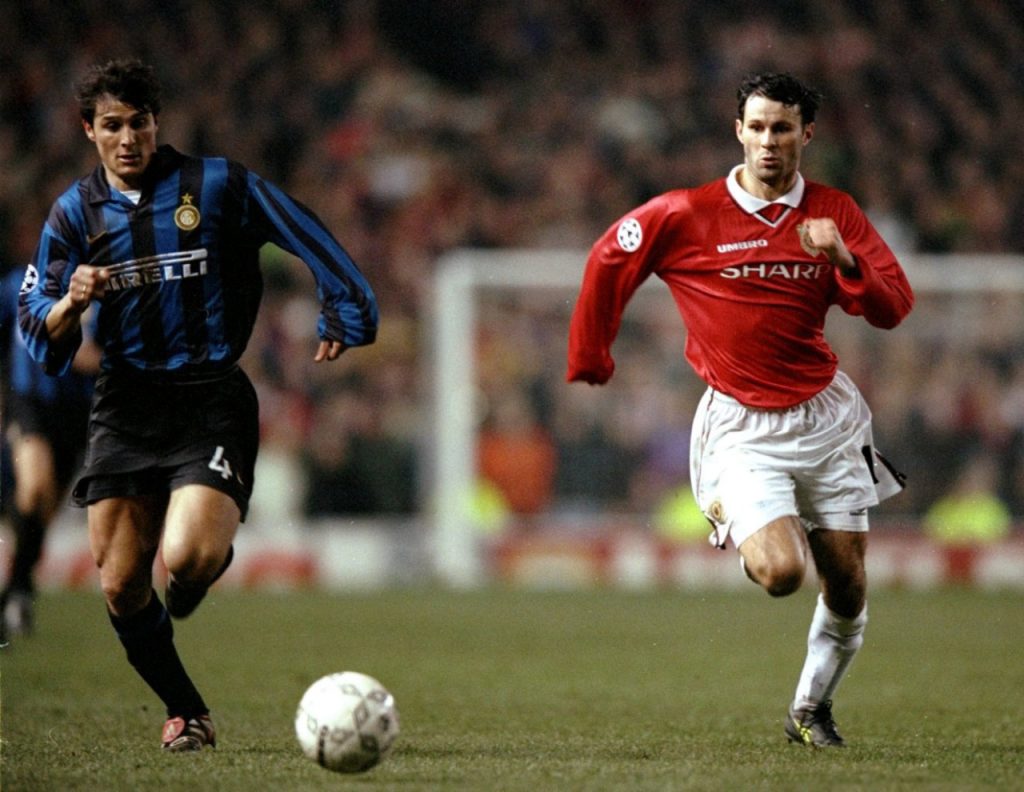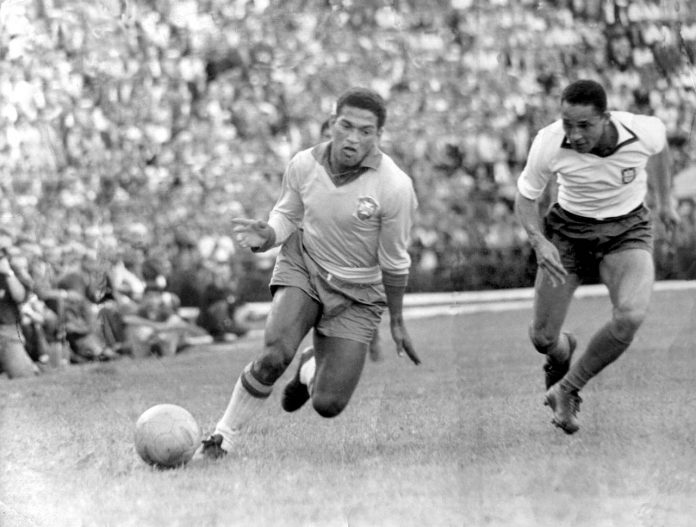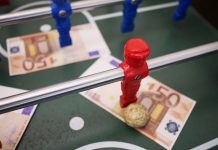The beautiful round leather game has undergone a raft of tactical and positional changes down the years. From the introduction of the false 9 to the two CDM set and all that. In this article, we isolate, analyze and discuss the endangered nature of touchline wingers amidst the rise of inverted winger schemes.
Being a winger was always pretty easy; beat your man with tricks and speed, get to the byline and swing the ball in with your favoured foot to the strikers. These days, that is a rarity. The modern day winger has taken up new roles; they are called the INVERTED WINGER (Inside forward) and/or the WIDE PLAYMAKER.
In stark contrast to the job specifications of their old school counterparts, they pick the ball up and cut inside onto their stronger foot. They then attempt either a shot at goal or a pass to a striker, overlapping fullback or midfielder.


Image A shows the average movement of the old school touchline hugging winger. Their propensity to get to the byline and cross the ball to the striker is obvious. Image B on the other hand, highlights the changed system where wingers are ready to push in-field to engage more in midfield plays.
So What changed?
Many factors have led to the tactical shift in the modern game. First, new generation fullbacks are more offensive than ever. Some spend more time in the opposing team’s half in some games. Thus their offensive qualities are in as much demand as their defensive skills.
We often see players such as Brazilian duo Dani Alves and Marcelo making runs to the byline. This allows wingers cut inside instead of operating extremely wide on the flanks as has always been the tradition.

The possession based football favoured by coaches nowadays is also a factor. To help with ball retention wingers are expected to play narrowly. Doing so strengthens the midfield rather than becoming isolated out wide.
The fact the 4-4-2 formation is no more the default system of choice also influences things. Most sides deploy the 4-3-3 or a variant. In such systems, both wide players more like supporting strikers who aim to assist the team’s point man. Hitting crosses from the byline then gets relegated or picked up by fullbacks.
The decline of the 2 man strike force combined with an increase in the game’s fluidity has triggered these changes too.

What happens next?
Football as an ever changing game will always see evolving formations. You can however count on Jesus Navas and his ilk for a nostalgia fix while they last.








